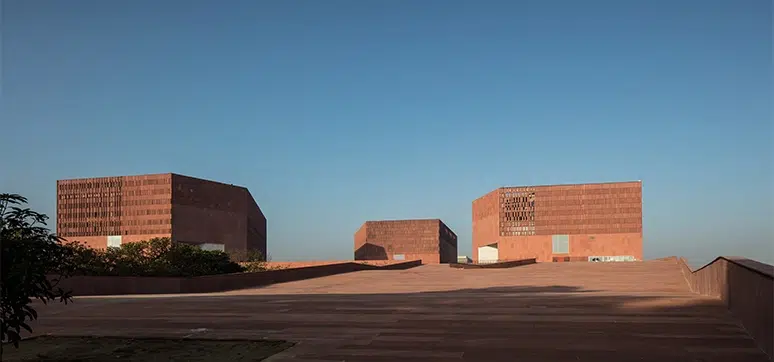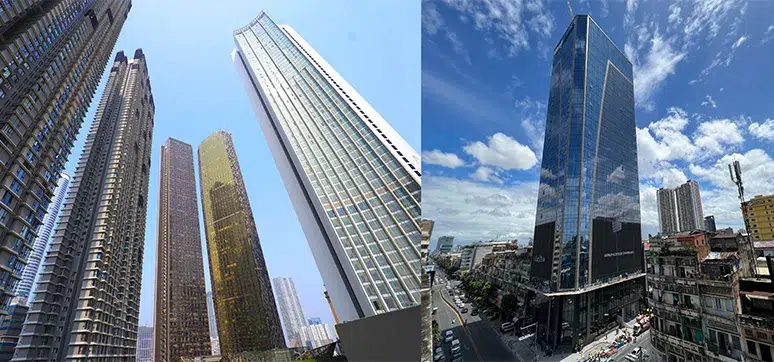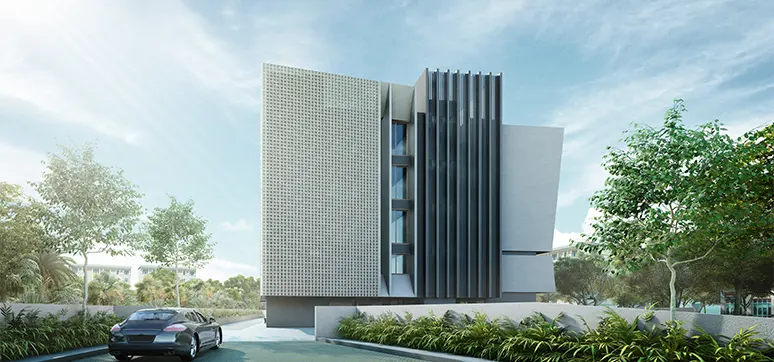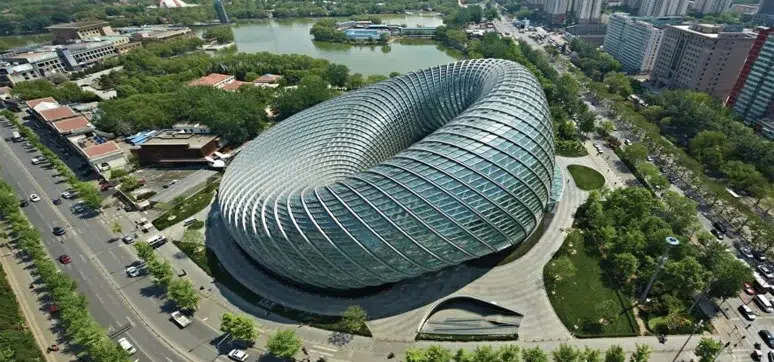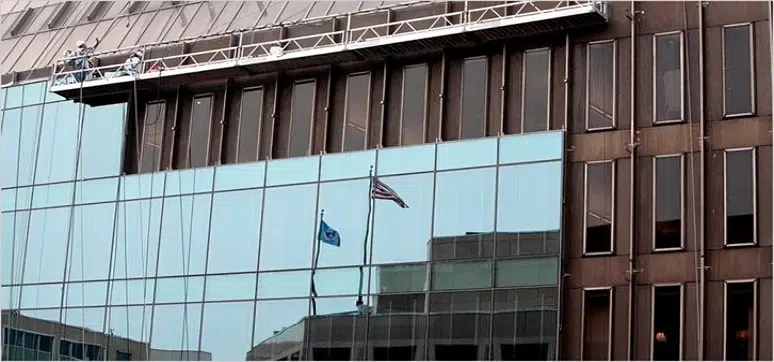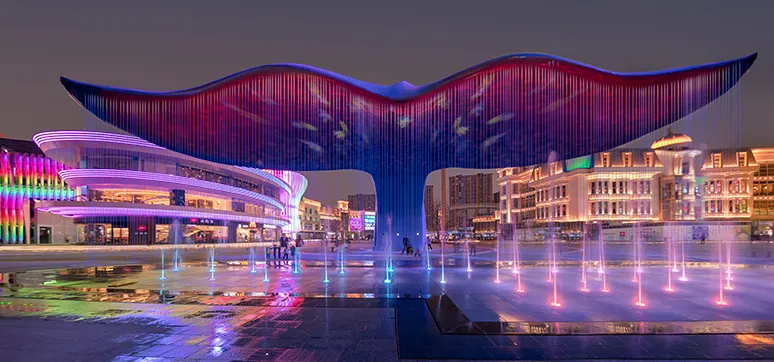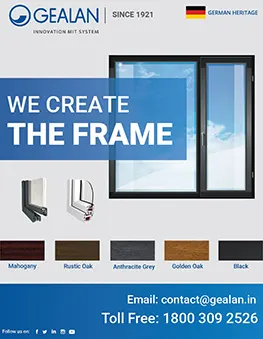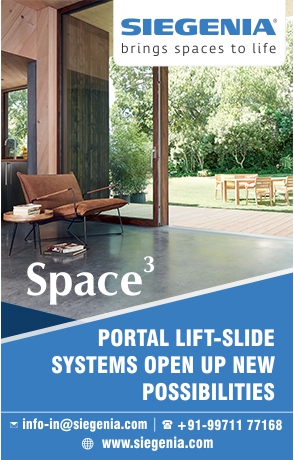The Skin We Live In Optimising the Efficiency of High-rise buildings through Better Façade & Fenestration Designs
By: Ar. Sonali Bhagwati and Sohrab Dalal, Designplus Architecture (DPA)
In our rapidly urbanising world, the optimisation of high-rise buildings through advanced Façades and fenestration designs is not just a design choice but a necessity. As urban spaces expand, these architectural elements play a pivotal role in shaping our surroundings. Beyond mere aesthetics, they are the silent contributors to sustainability, Sonali Bhagwati and Sohrab Dalal, Founders of Delhi- NCR’s esteemed architectural practice, Design Plus Architecture (DPA) reinstate their passion for designing spaces of aestheticism driven by environmental energy efficiency, and the overall well- being of occupants. In this article, they stress on sensitivity and harmonising with the demands of our contemporary world.
“In the world of burgeoning high-rises, maximising energy efficiency is more crucial than ever”, says Sonali, and the most compelling opportunity for achieving this lies in the very skin of these towering structures – their façade and fenestration!
For those unfamiliar with the terms, the façade is the exterior face of a building, while fenestration refers to the design and placement of windows/glass and doors. Together, they play a monumental role in regulating the building’s internal environment – impacting energy consumption, occupant comfort, and even the overall carbon footprint. Now, with escalating concerns surrounding climate change and resource depletion, it’s imperative to explore how innovative façade and fenestration designs can optimise high-rise energy efficiency.
FACING THE CHALLENGE: ENERGY EFFICIENCY AND BEYOND
High-rise buildings, by their very nature, present unique challenges. They are exposed to greater wind loads and solar radiation, demanding a well-thought-out design envelope to ensure stability and thermal comfort. Yet, conventional façades often fall short, contributing to excessive energy consumption, particularly for heating, cooling, and artificial lighting. This is where optimised building façade and fenestration design step in.
By harnessing a multi-pronged approach, architects can now create high-rises that maximise natural daylighting, minimise unwanted heat gain or loss, and even generate renewable energy all while contributing to a striking, contextually sensitive aesthetic.
UNVEILING THE POTENTIAL: STRATEGIES FOR OPTIMISATION
So, what goes into designing a high-performance façade for a skyscraper? Let’s explore some key strategies:
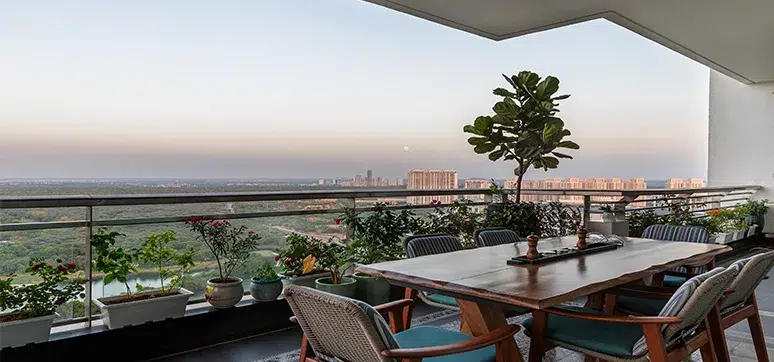
- Embrace the Sunlight: Strategically incorporating high-performance glazing with varying levels of transparency allows for greater control over solar heat gain. North-facing façades, for instance, could benefit from larger windows to maximise daylighting and minimise dependence on artificial lighting. Conversely, south-facing façades might require a greater focus on shading and reduced glazing to prevent overheating.
- Make It Adaptive: The environment surrounding a building is dynamic, with changing sun angles and weather patterns. Responsive façade technologies, like dynamic shading systems and kinetic façades that move with the sun, become instrumental in optimising daylight admission and mitigating unwanted heat gain, contributing significantly to energy-efficient operation.
- Let It Breathe: Natural ventilation plays a vital role in promoting occupant comfort and overall efficiency. Introducing operable windows, balcony doors, and ventilation shafts in the façade design allows for controlled air exchange, reducing reliance on energy-intensive HVAC systems.
- Double Up on Efficiency: Double-skin façades create an additional layer between the primary façade and the building interior. This buffer zone can act as a thermal shield, reducing heat exchange and contributing to greater internal temperature control.
- Harness the Power of Nature: Integrating solar panels into the façade design transforms the building skin into a solar-powered generator. This not only reduces reliance on fossil fuel-based energy but also contributes to a “net-zero” energy concept, where the building produces as much energy as it consumes.
MOVING BEYOND EFFICIENCY BY ENHANCING THE HUMAN EXPERIENCE
Optimising façades for high-rises isn’t merely about energy savings and sustainability, but also about creating a healthier and more comfortable space for occupants. Recent studies have shown that natural light exposure and fresh air demonstrably contribute to improved well-being, productivity, and overall satisfaction. Furthermore, innovative façades can become a canvas for artistic expression, fostering a sense of place and identity. Imagine a building skin that reacts to its surroundings, pulsating with light and shadow, or showcasing a vibrant mural that reflects the local culture – the possibilities are endless. .
A COLLECTIVE RESPONSIBILITY FOR MOVING TOWARDS A SUSTAINABLE FUTURE
Ultimately, the responsibility for maximising high-rise efficiency doesn’t solely rest on architects and designers. It requires a collaborative effort between developers, policymakers, and end-users. Fostering awareness about the impact of façade and fenestration design, coupled with incentivising investment in responsible architecture, is crucial for establishing a sustainable future for our growing urban landscape.
In conclusion, as we step into a future dominated by high-rises gracing our skylines, let’s seize the chance to mould them into beacons of creativity and conscientious design. Embracing cutting-edge façade and fenestration strategies transforms these structures into champions of energy efficiency, occupant well-being, and visual splendour – a living testament to our dedication to a greener and more brilliant tomorrow. So, the next time your gaze ascends a towering high-rise, peer beyond its formidable silhouette and recognise its skin, a narrative woven with design ingenuity and our shared pursuit of a better world!
Top Stories

The Future Impact of Artificial Intelligence on Façade Access Gondolas
By: Abdul | May 1, 2024
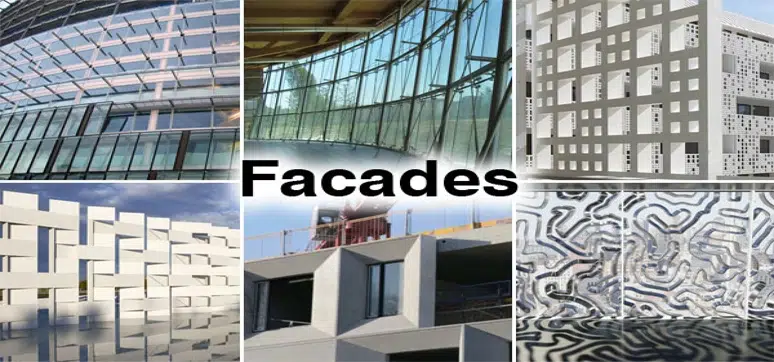
Façade Systems Market Size is Estimated to Reach USD 398.8 Billion by 2029
By: Abdul | April 16, 2024
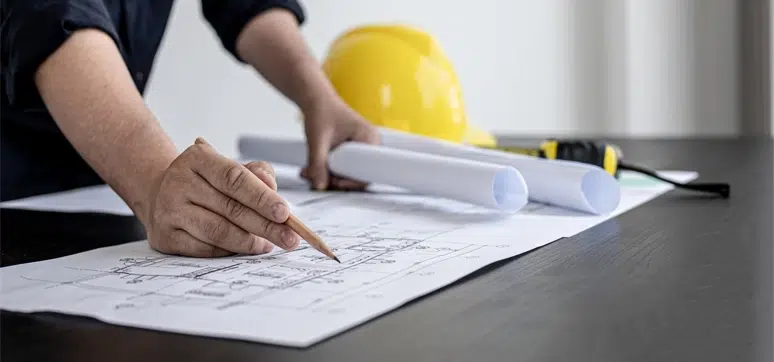
Improving Sustainability Alongside Fire Safety – Can We Deliver?
By: Abdul | April 16, 2024
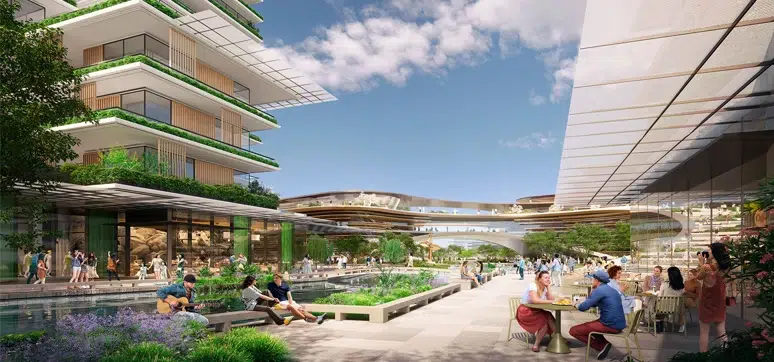
Foster + Partners Wins the Competition the New Xicen Science & Technology Centre
By: Abdul | April 9, 2024
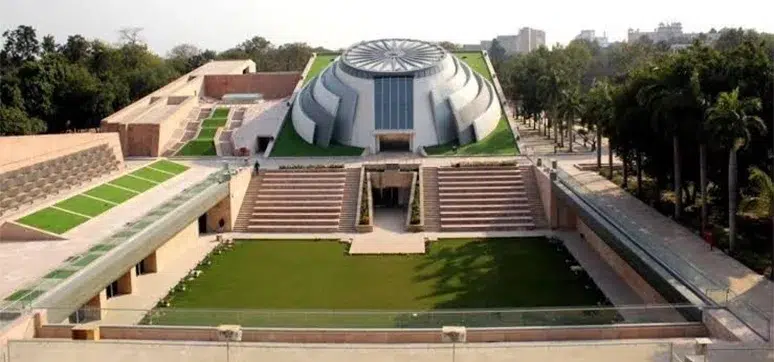
A Symbol of Architectural Brilliance & Cultural Significance
By: Abdul | April 8, 2024

